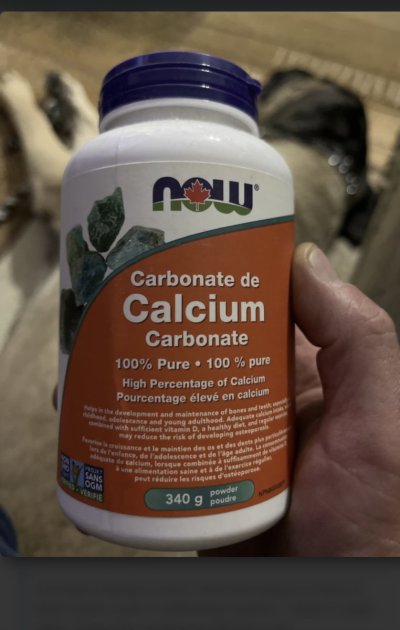- Joined
- Sep 21, 2018
- Messages
- 6,756
- Reaction score
- 7,237
I am indeed aware of this from years ago when you provided this link to on another forum. My point is that as a flocculant, not much mass is being added. The amount of phosphate reduction in the aquarium would seem to be of little consequence. Ditto DOC reduction.Phosphate binding to aragonite is, of course, surface area dependent, but it has been published in the scientific literature, and measured by jda here on rocks.


















